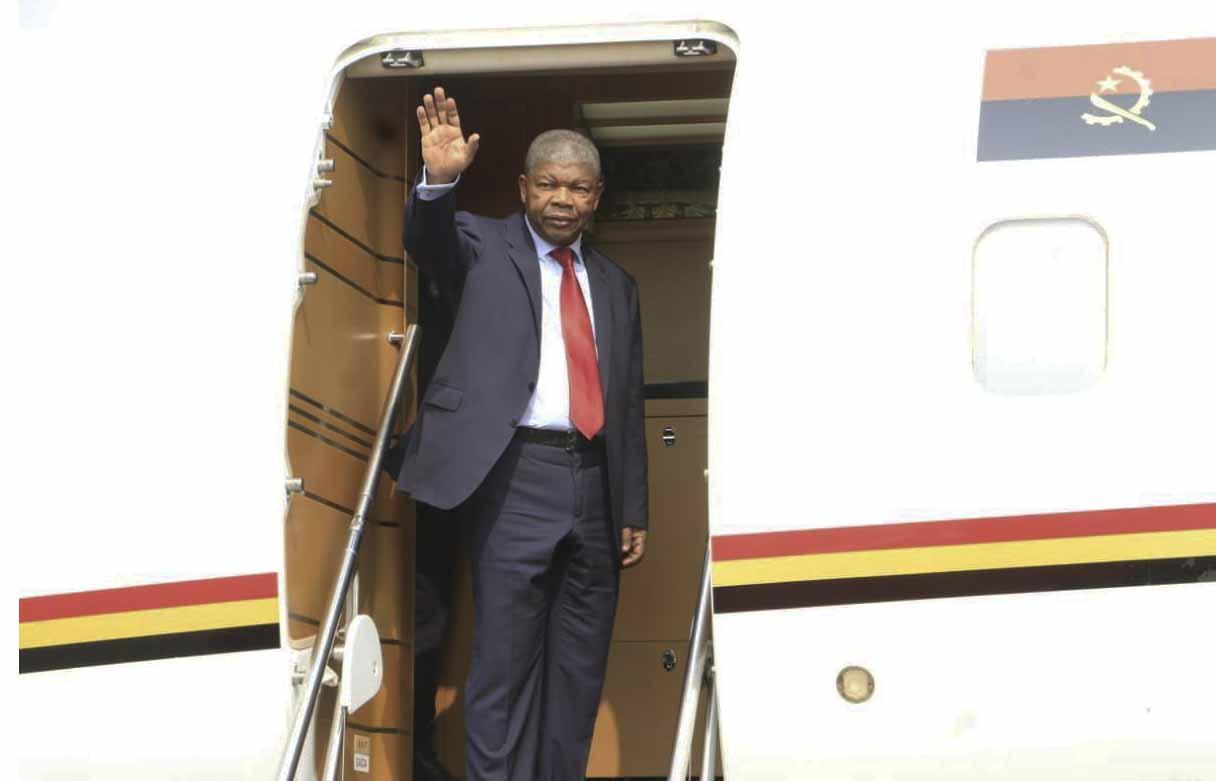Africa-Press – Angola. The Head of State, João Lourenço, travelled this Friday to the eastern Province of Moxico Leste, where he will witness the start of the construction of infrastructures in the city of Cazombo.
This is the president’s first visit to the province, which is one of the three that were created at the beginning of this year under the New Administrative Division.
João Lourenço’s one-day agenda in the region also includes a visit to the area where a field hospital and a photovoltaic park will be installed.
About the province
With over 300,000 inhabitants, the new province is located in the eastern region of the country. It is around 1,700 kilometres from the country’s capital, Luanda.
It is bordered to the north by the province of Lunda-Sul, to the west and south by the province of Moxico and to the east by the Democratic Republic of Congo (DRC) and Zambia.
Moxico Leste’s capital Cazombot is located in the south-western part of the province, and is currently one of the few provincial capitals in the country to share a border with a neighbouring country, in this case Zambia.
The province is inhabited mainly by a population whose main occupation is in agriculture, producing cassava, corn, rice, peanuts, sweet potatoes, potatoes, beans, vegetables and citrus fruits.
It has other potential, notably the mining sector, which is already carrying out copper prospecting work, an action carried out by Anglo American, a British mining company.
In terms of tourism, the new province holds one of the biggest attractions in the east of the country, Lago Dilolo, with an altitude of 1098 metres above sea level, being the largest in Angola and the third largest in Africa. It is located in the municipality of Luacano, at the southern region of the Lobito Corridor, this giant space is a true paradise, open for exploration.
The Cameia National Park, in the municipality of the same name, at west region of the Cazombo provincial capital, is another attraction, home to lions, spotted hyenas, leopards, cheetahs, hippos, potamocheros, red sables and songues, in addition to water resources such as the Zambezi River and the Cassai Falls.
For More News And Analysis About Angola Follow Africa-Press






